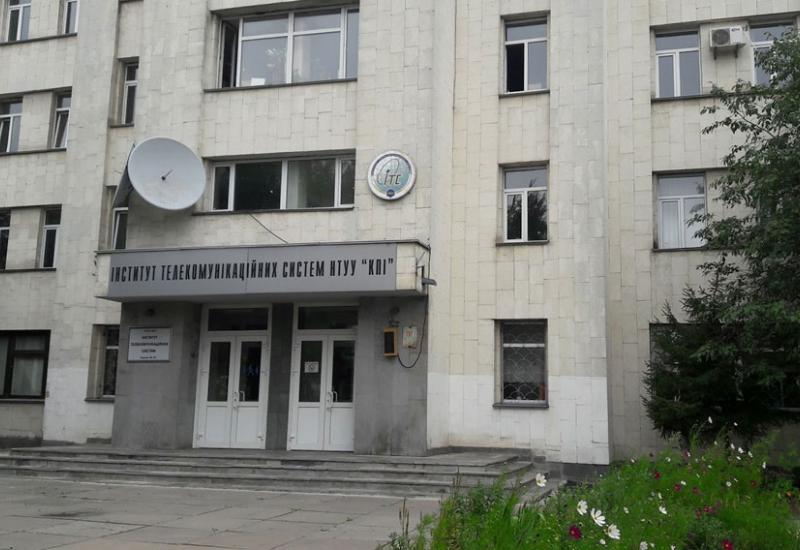First year student (TZ-01) at the Institute of Telecommunication Systems, Gleb Mikliiaiev reached the finals of the All-Ukrainian Competition of the Small Academy of Sciences in 2020 and took the honourable third place. For this victory he was awarded a diploma of the Ministry of Education and Science of Ukraine, the National Academy of Sciences of Ukraine and the Small Academy of Sciences of Ukraine.
 Gleb is a graduate of the Kyiv Lyceum of Natural Sciences №145. During his school years he was a prize-winner of many Olympiads in mathematics, physics, astronomy (including the All-Ukrainian Student Olympiad in Astronomy in 2019). He participated in the All-Ukrainian competitions-defenses of research projects of the Small Academy of Sciences in 2018, 2019 and 2020. Since 2018 he has been participating in the work of the section "Information and telecommunication systems and technologies". Under the guidance of a professor of The Institute of Telecommunication Systems of Igor Sikorsky Kyiv Polytechnic Institute Olexandr Ivanovych Romanov, Gleb works on the development of LI-FI network project.
Gleb is a graduate of the Kyiv Lyceum of Natural Sciences №145. During his school years he was a prize-winner of many Olympiads in mathematics, physics, astronomy (including the All-Ukrainian Student Olympiad in Astronomy in 2019). He participated in the All-Ukrainian competitions-defenses of research projects of the Small Academy of Sciences in 2018, 2019 and 2020. Since 2018 he has been participating in the work of the section "Information and telecommunication systems and technologies". Under the guidance of a professor of The Institute of Telecommunication Systems of Igor Sikorsky Kyiv Polytechnic Institute Olexandr Ivanovych Romanov, Gleb works on the development of LI-FI network project.
Li-Fi (Light Fidelity) is a new environmentally friendly and safe technology. It uses visible light instead of radio waves, which has a 10,000 times wider frequency channel than the entire radio band. Therefore, Li-Fi technology has much higher bandwidth than Wi-Fi. The term Li-Fi was suggested by the German physicist Harald Haas.
Here's what the student says about his hobby: "When I first heard about Li-Fi, I was immediately interested in the subject. We all know Wi-Fi technology, which uses the usual radio range. And the technology I work with uses visible light and infrared light to transmit data.
Li-Fi has 3-4 times more bandwidth, than bandwidth of the entire radio range. This reduces the cost of building a data transmission system with high speed and quality of service. In addition, Li-Fi technology allows you to use the lighting system on LED lamps as a data network. This technology can provide the Internet to a large number of visitors in shopping and entertainment centres, hypermarkets, stadiums, where there are crowds of users. And the Wi-Fi network in these conditions is overloaded and does not allow to provide the necessary quality of service ".
Li-Fi technology is absolutely not harmful to humans. It works on the part of the electromagnetic spectrum that humanity has used throughout its existence, not only humanity but also other living beings that have vision in this part of the spectrum. The new technology can have a wide range of uses: from the movement of unmanned vehicles - to smart home technologies or the use in the construction of IoT systems. It should also be noted that the introduction of this technology meets the requirements of the Kyoto Protocol, which controls carbon dioxide emissions into the atmosphere.
I would like to add that Li-Fi technology is still used only in the laboratory. However, there are already experimental samples that provide data rates of 100 Gbps and more. And even more. We hope that we will make our research model of such a system in one of the laboratories of The Institute of Telecommunication Systems of Igor Sikorsky Kyiv Polytechnic Institute. But this requires funding.

